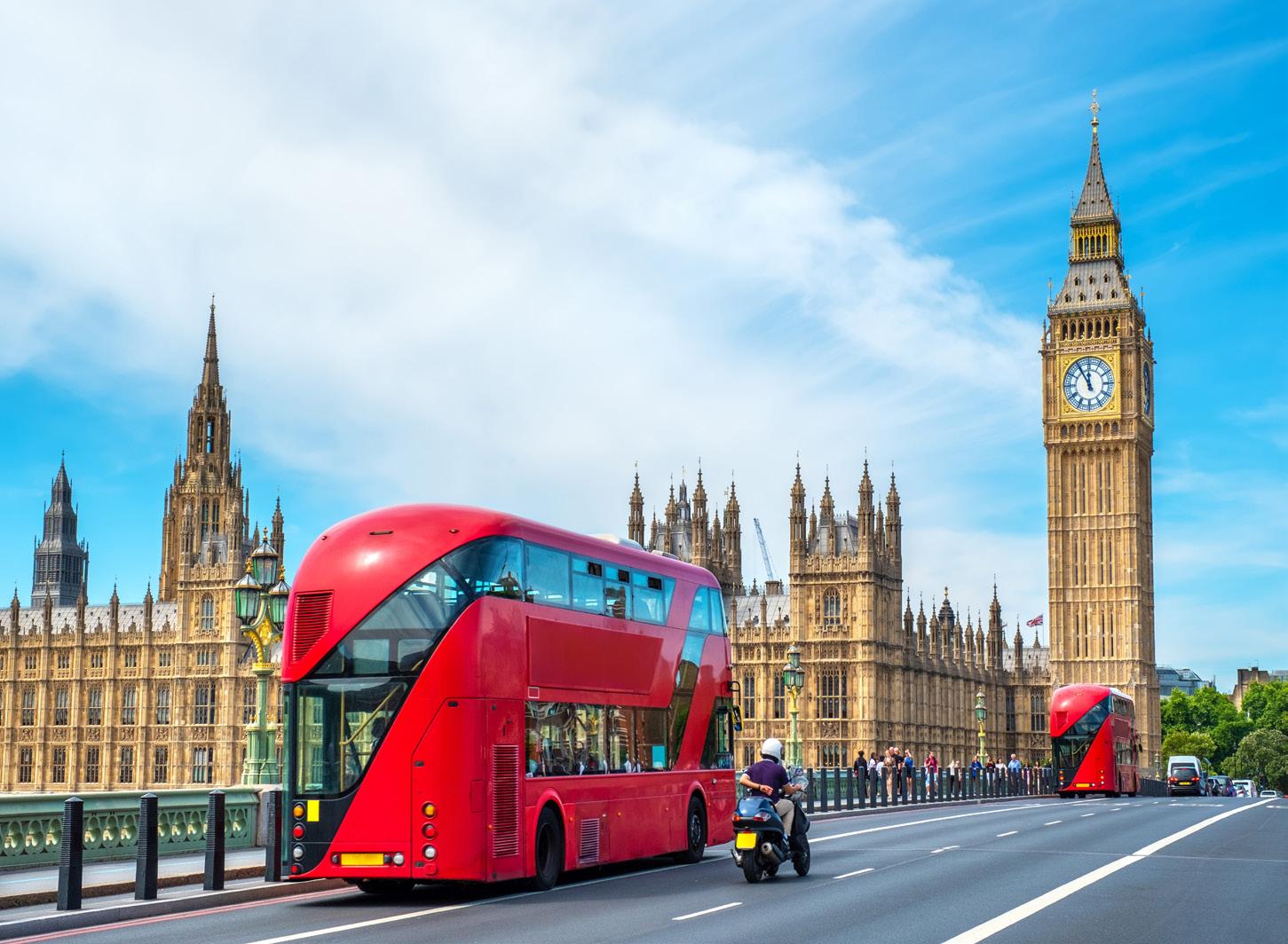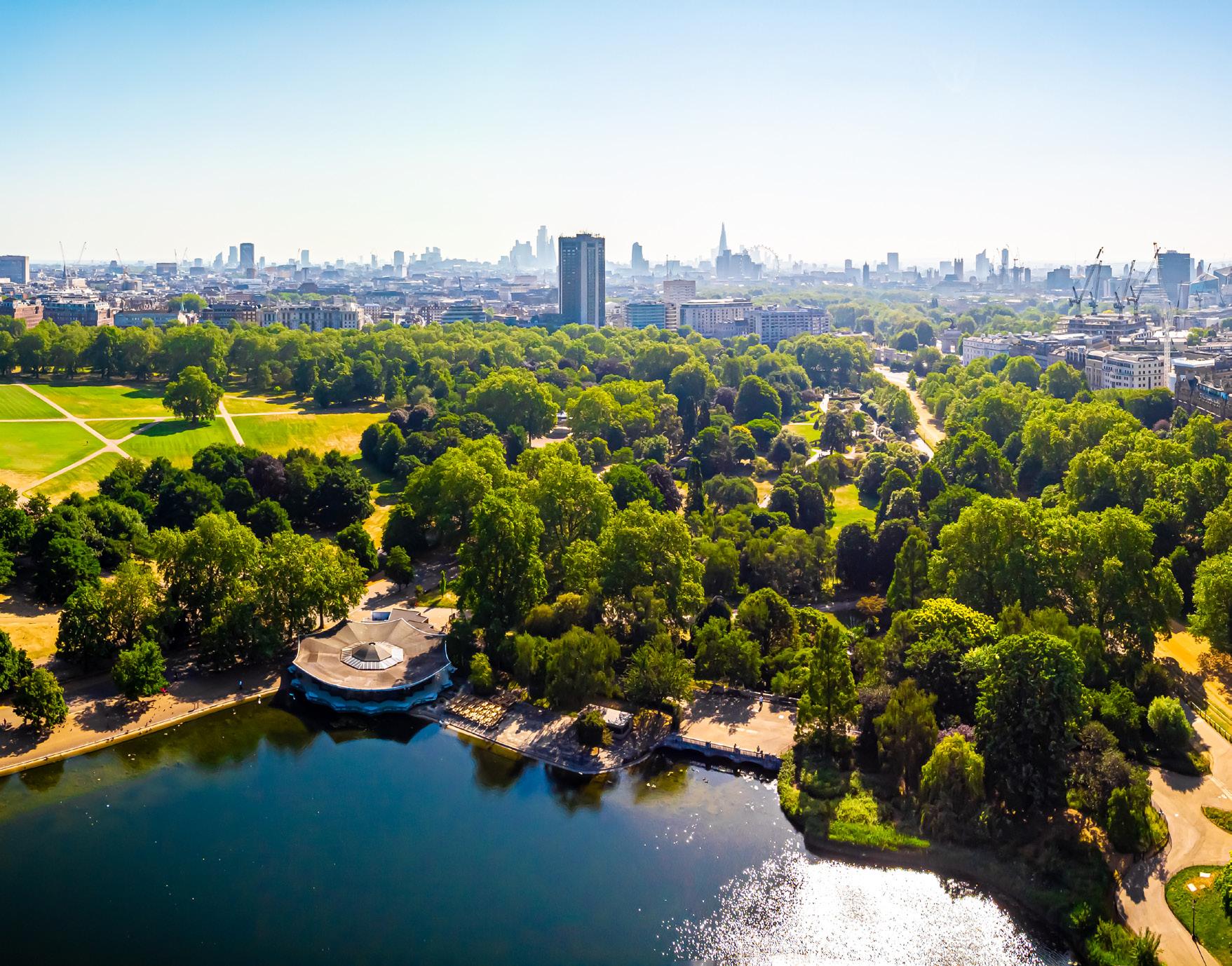

The History of London Information Booklet
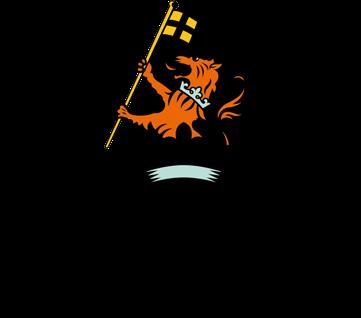
History of London
London, the heart of England, is like stepping into a storybook. Imagine Big Ben’s clock face towering over the River Thames, double-decker buses zipping by, and the enchanting British Museum filled with ancient treasures. London is a captivating city that blends history, culture, and excitement.
Roman Beginnings: London (originally called Londonium) was founded by the Romans around 2,000 years ago. They created the first large settlement on the banks of the Thames. Imagine ancient Roman streets and bustling markets!
Two Cities in One: London is actually two cities: “London” and the City of London (often just called “the City”). The City is the oldest part, dating back to Roman times. It has its own mayor, separate from the Mayor of London.
Viking Adventures: Did you know a Norwegian Viking tore down London Bridge in 1014? This event inspired the nursery rhyme “London Bridge is Falling Down.” Vikings also ruled London for long periods.
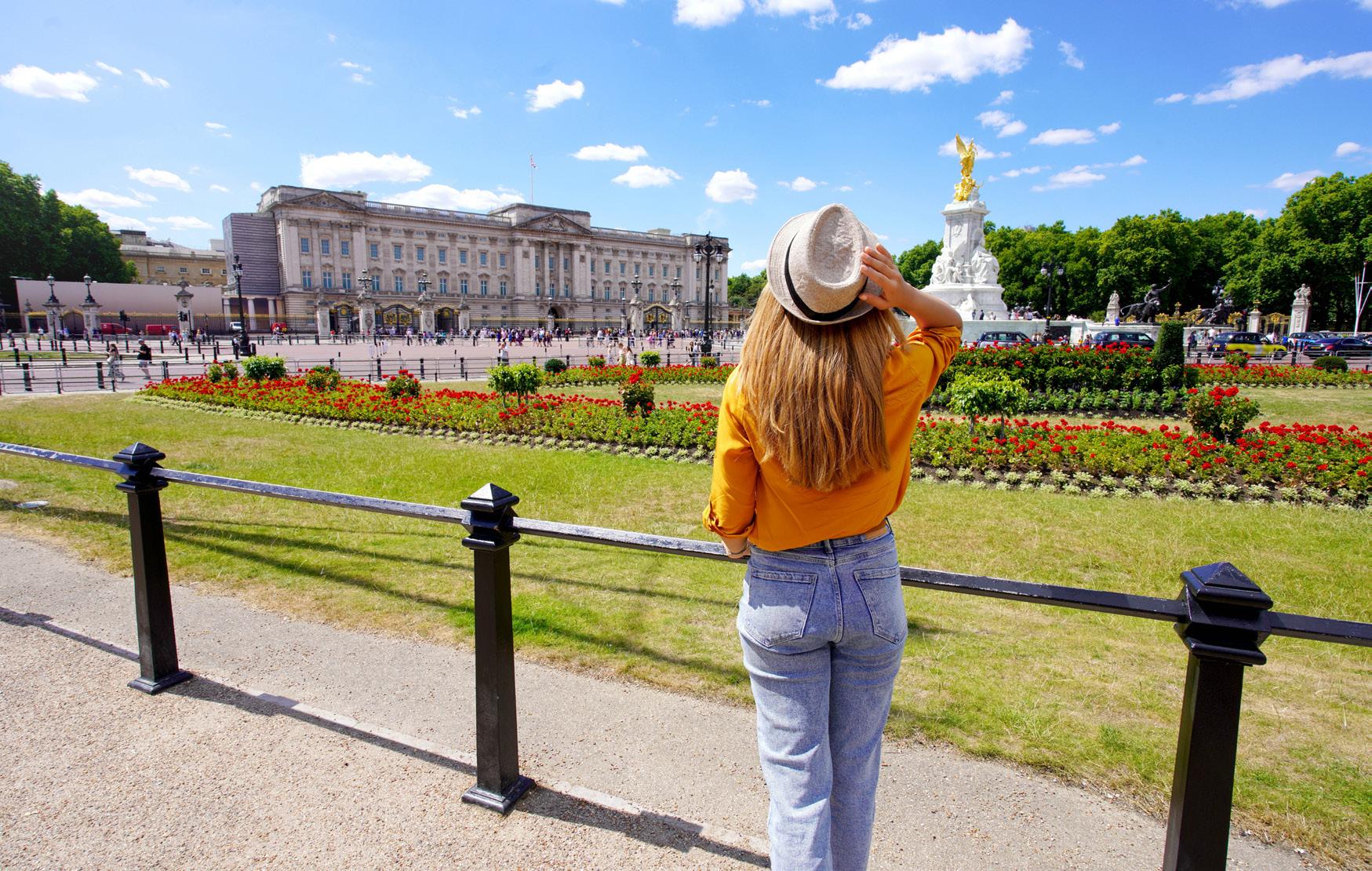
Buckingham Palace
Some important places in London
Natural History Museum: Imagine stepping into a world of dinosaurs, fossils, and ancient creatures. The museum is like a time machine, where you’ll discover Earth’s incredible past.
Royal Albert Hall: This iconic venue opened in 1871 and hosts musical concerts, spectacular shows, and sporting events. It’s like a grand spaceship with a domed roof, and it’s where music and magic collide.
Princess Diana Memorial Fountain: In Hyde Park, you’ll find a circular water fountain dedicated to Princess Diana. It’s a peaceful spot to relax, dip your toes, and reflect….and eat your picnic lunch!


Buckingham Palace: The King’s official residence! Picture guards in tall black hats, marching bands, and the Changing of the Guards ceremony. Maybe you’ll even catch a glimpse of royalty!
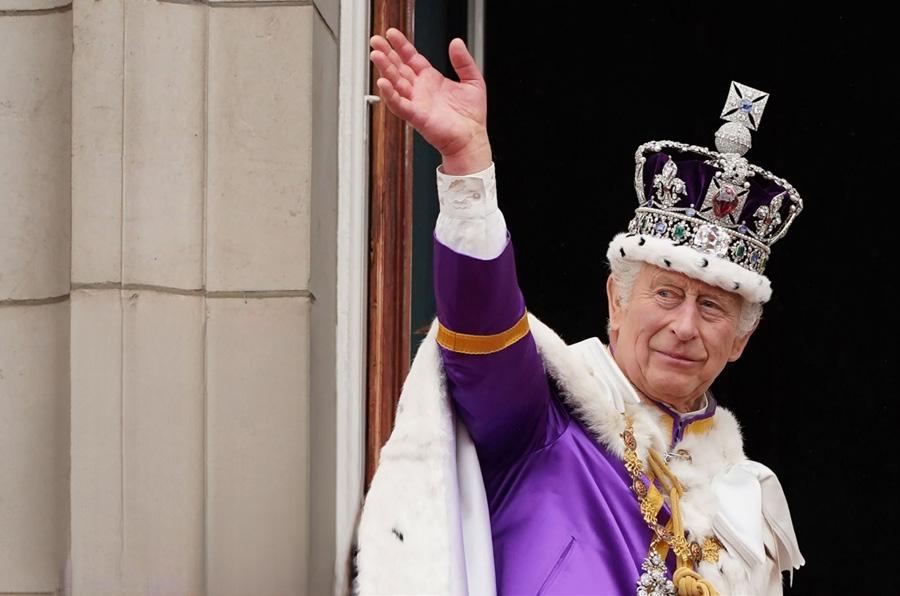
The Natural History Museum
Royal Albert Hall
King Charles III

Houses of Parliament, Big Ben, and Westminster Abbey
These historic landmarks stand side by side. The Parliament building looks like a fairy-tale castle, Big Ben’s clock face is famous worldwide, and Westminster Abbey is where kings and queens have been crowned for centuries.
The Houses of Parliament and Big Ben
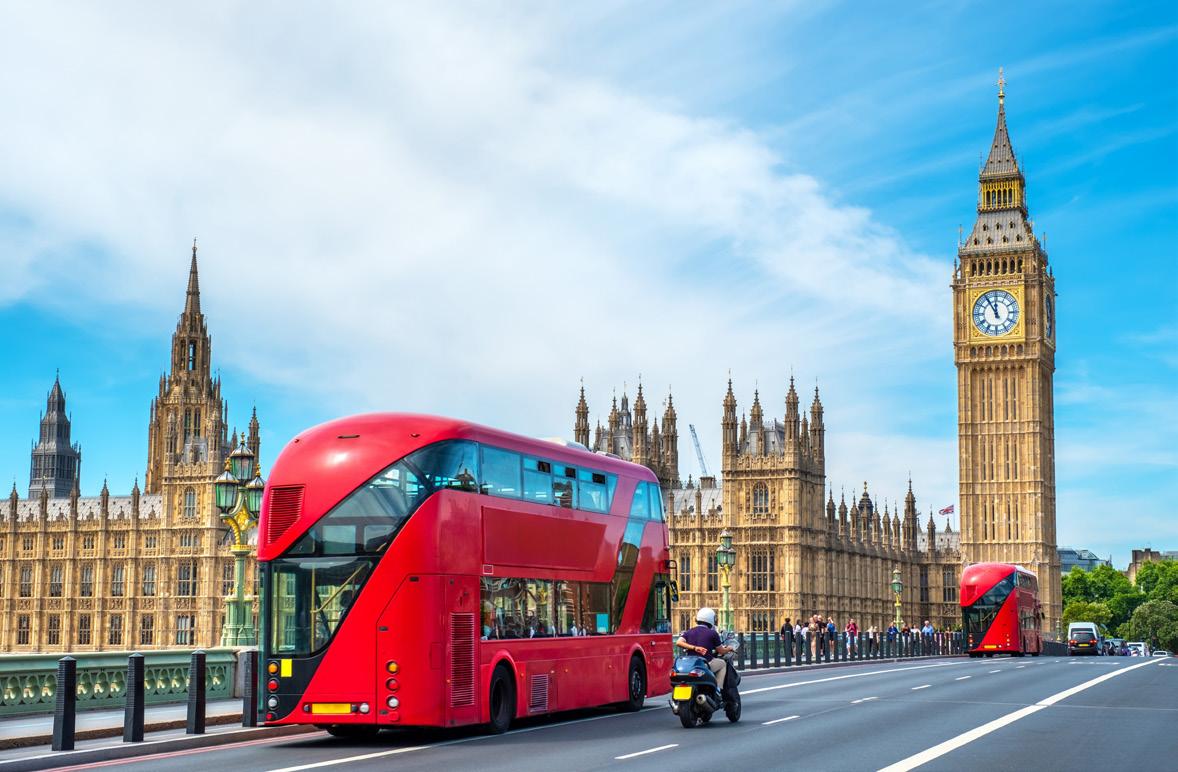
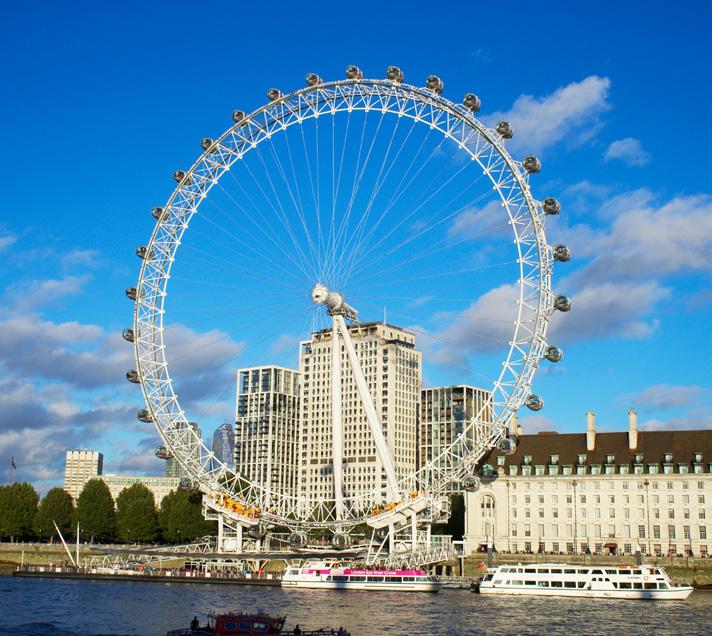
London Eye: A giant Ferris wheel on the South Bank of the River Thames.
Imagine riding in a glass pod, soaring above the city, and spotting all the other landmarks we’ve talked about!
So, get ready for an adventure in London – a place where stories come alive, and every corner holds a surprise!
Westminster Abbey
Let’s explore the highlights of our trip!
The Natural History Museum
Back in 1753, Sir Hans Sloane, a doctor and collector, travelled the world, gathering specimens and cultural artifacts. When he passed away, his Will allowed Parliament to buy his extensive collection of over 71,000 items for a mere £20,000. The British Museum was then built to display these treasures to the public.
In 1856, Sir Richard Owen (the scientist who coined the term “dinosaur”) took charge of the British Museum’s natural history collection. Frustrated by the lack of space, he convinced the trustees to create a separate building. The building was designed by Alfred Waterhouse in the Romanesque style using terracotta.
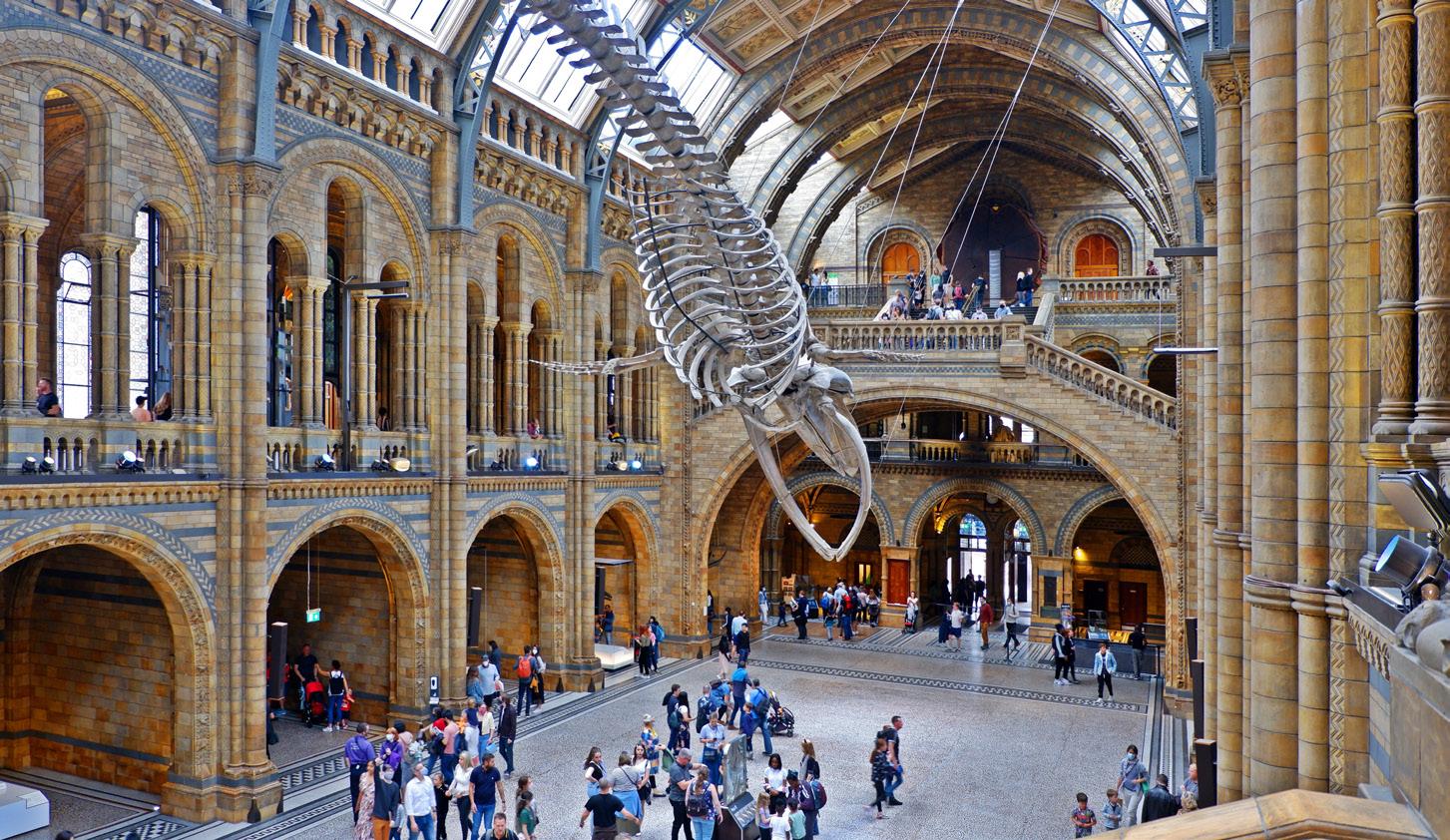
Owen wanted the museum to be accessible to all, not just the wealthy. He envisioned a “cathedral to nature” where Victorian explorers’ discoveries could be displayed.
Suggested exhibitions for you to visit are Dinosaurs (blue zone), Mammals (blue zone) and Volcanos and Earthquakes (red zone)
Let’s explore the highlights of our trip!

The Royal Albert Hall
Located in Kensington, London, the Hall has a fascinating history.
In 1851, Prince Albert (Queen Victoria’s husband) was inspired by the Great Exhibition. He proposed a permanent space to showcase industry from all nations. Queen Victoria laid the foundation stone in 1867, declaring the Hall of Arts and Sciences ready for construction.
The Hall took four years to build, with an interesting twist: while the main structure was constructed in London, the roof was built in Manchester. It was then transported by train and assembled on-site. The roof simply sits on top, not attached to the building. Imagine the weight of 158 tonnes of snow it can withstand on a wintery day!
Surprising Firsts: The Royal Albert Hall hosted the world’s first bodybuilding competition in 1901, long before Arnold Schwarzenegger’s time. Competitors posed in leopard skins, and Sherlock Holmes author Arthur Conan Doyle judged the event. It also held an indoor marathon (524 laps!) and a sci-fi convention.
The Diana Memorial Fountain
The Diana, Princess of Wales Memorial Fountain is located in London’s Hyde Park. It is a tribute to Princess Diana, who tragically passed away in a car crash in 1997.
The fountain was designed by American landscape artist Kathryn Gustafson. She wanted it to reflect Diana’s inclusive personality and love for children. Imagine a large, oval stream bed surrounded by lush grass – a place where people could wade and contemplate.
The fountain consists of 545 individual pieces of Cornish granite. These stones were cut using sophisticated computer-guided machines in Northern Ireland and then transported to England by sea. The oval stream bed gently slopes down, representing both happy times and turmoil in Diana’s life.
Safety Splash: Initially, visitors slipped in the water, leading to hospitalizations. So, the fountain was temporarily closed. But it reopened, surrounded by a new fence, allowing people to enjoy its tranquil waters while remembering the beloved princess.
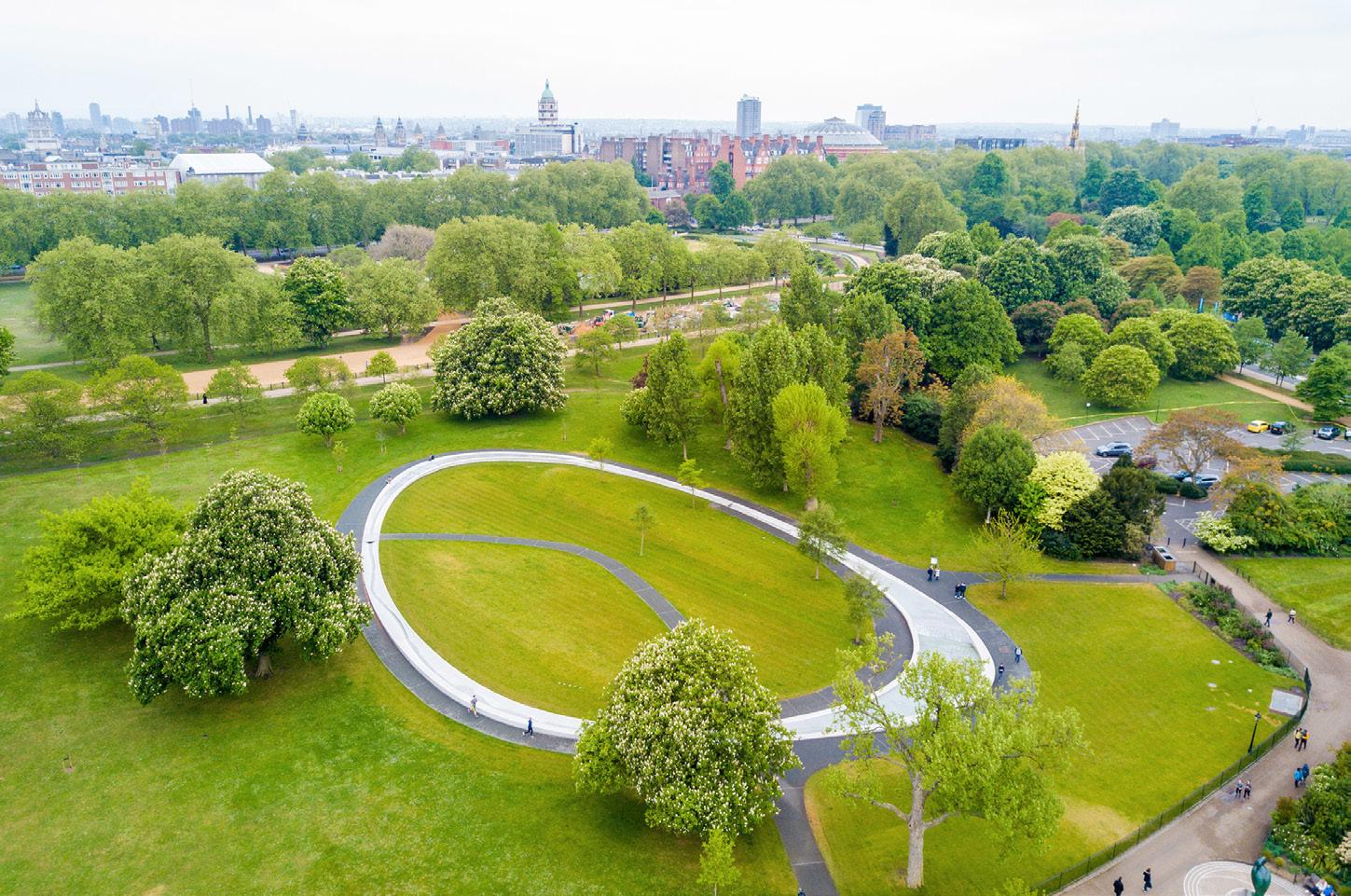
Let’s explore the highlights of our trip!
The Houses of Parliament
Officially called ‘The Palace of Westminster’, this is the meeting place of the Parliament of the UK. It often called the Houses of Parliament after the House of Commons and the House of Lords, the two legislative chambers which occupy the building. It is the centre of political life in the United Kingdom.

Suit of Armour Ban: While there’s no strict dress code, you’re not allowed to wear a suit of armour into Parliament. The Statute forbidding Bearing of Armour or Coming Armed to Parliament Act 1313 ensures that guests leave their armour at the door!
The Great Stink of 1858: Imagine the River Thames smelling so horrendous that Parliament considered abandoning the Palace of Westminster! They tried everything, including dipping curtains in lime and chloride, but it didn’t work. Thankfully, they passed laws to improve London’s hygiene and plumbing.
Color-Coded Seats: The House of Commons and the House of Lords have a colour system: green seats for the Commons, red for the Lords, and predictably, gold for areas used by the Monarch. It’s like a colourful game of political musical chairs!
Big Ben
The clock tower next to the Houses of Parliament is officially called Elizabeth Tower, while the massive bell inside is known as Big Ben. The name “Big Ben” originally referred to Sir Benjamin Hall, the first Director of Works, who was nicknamed “Big Ben.” Alternatively, it might have been inspired by heavyweight boxer Benjamin Caunt, also nicknamed “Big Ben.”
The tower was designed by Augustus Pugin in a Gothic Revival style and was completed in 1859. The clock has five bells.
Big Ben has stood through the reigns of seven monarchs, dating back to Queen Victoria. Its history is as rich as its chimes!
Precision Timekeeping
Big Ben’s clock is remarkably accurate, deviating by only two seconds every two weeks. It requires regular winding and adjustments, including adding old pennies to fine-tune the pendulum.
Leaning Tower
Although not as dramatic as the Leaning Tower of Pisa, Big Ben leans slightly at an inclination of just 0.4 degrees. It’s still a sight to behold!

Let’s explore the highlights of our trip!
Buckingham Palace
Buckingham Palace is the official residence of the British Monarch. It was built in 1703 by John Sheffield, 1st Duke of Buckingham and Normandy, it started as a townhouse. In 1761, the British Royal Family bought the palace. It became their official London home in 1837. During World War II, the palace was bombed seven times.
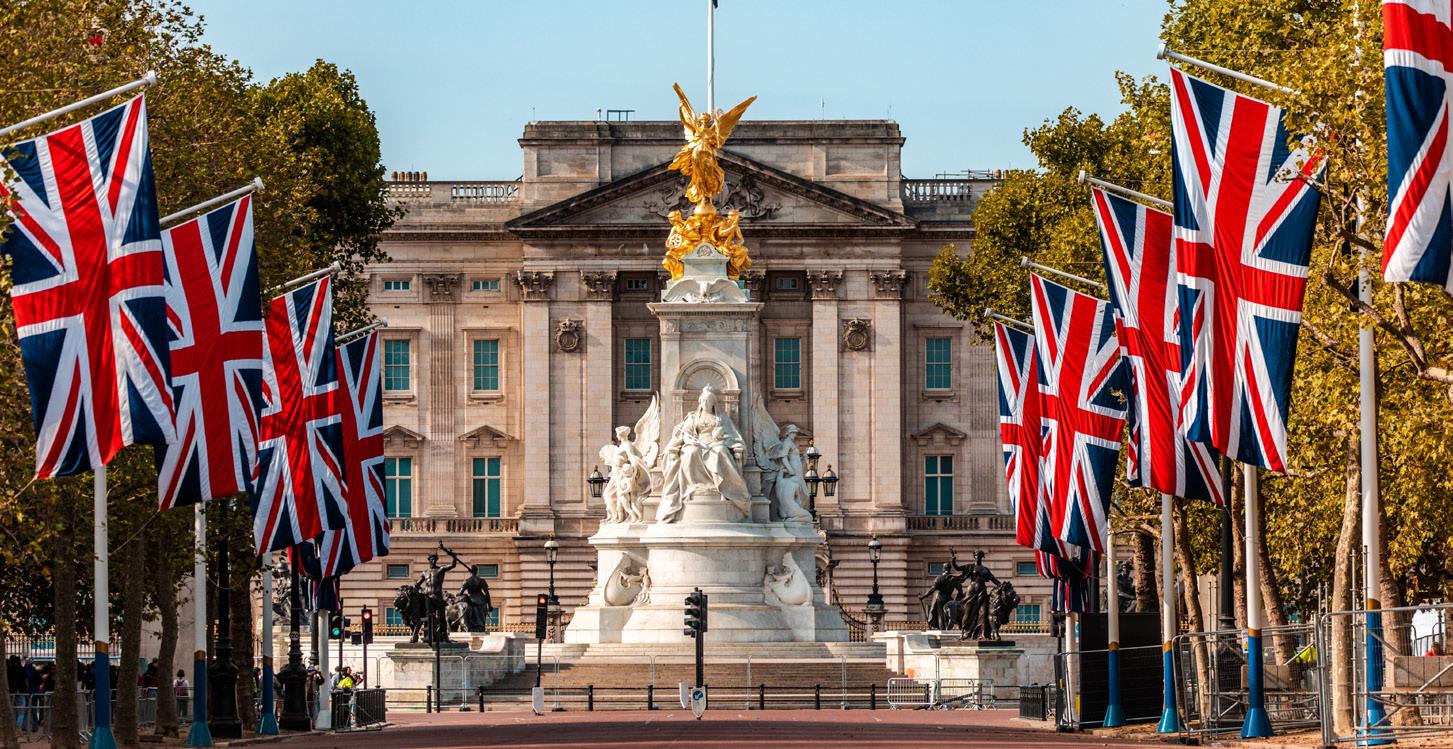
The Queen’s Hidden Passage: In the White Drawing Room, concealed behind a large mirror, lies a discreet door. When opened, it reveals a hidden corridor leading directly to The late Queen’s private apartments. These passageways allowed Her Majesty to move seamlessly between her personal residence and the state rooms without going through the public areas.
The Monk on the Terrace: Before Buckingham Palace was built, there stood a monastery. Legend has it that a monk died in one of its punishment cells. His spirit occasionally haunts the rear terrace.
Expansions and Events: Throughout the 19th century, the palace expanded. State banquets happen in the ballroom, and 19 State Rooms host official guests. Every summer, the King throws garden parties on the palace grounds.
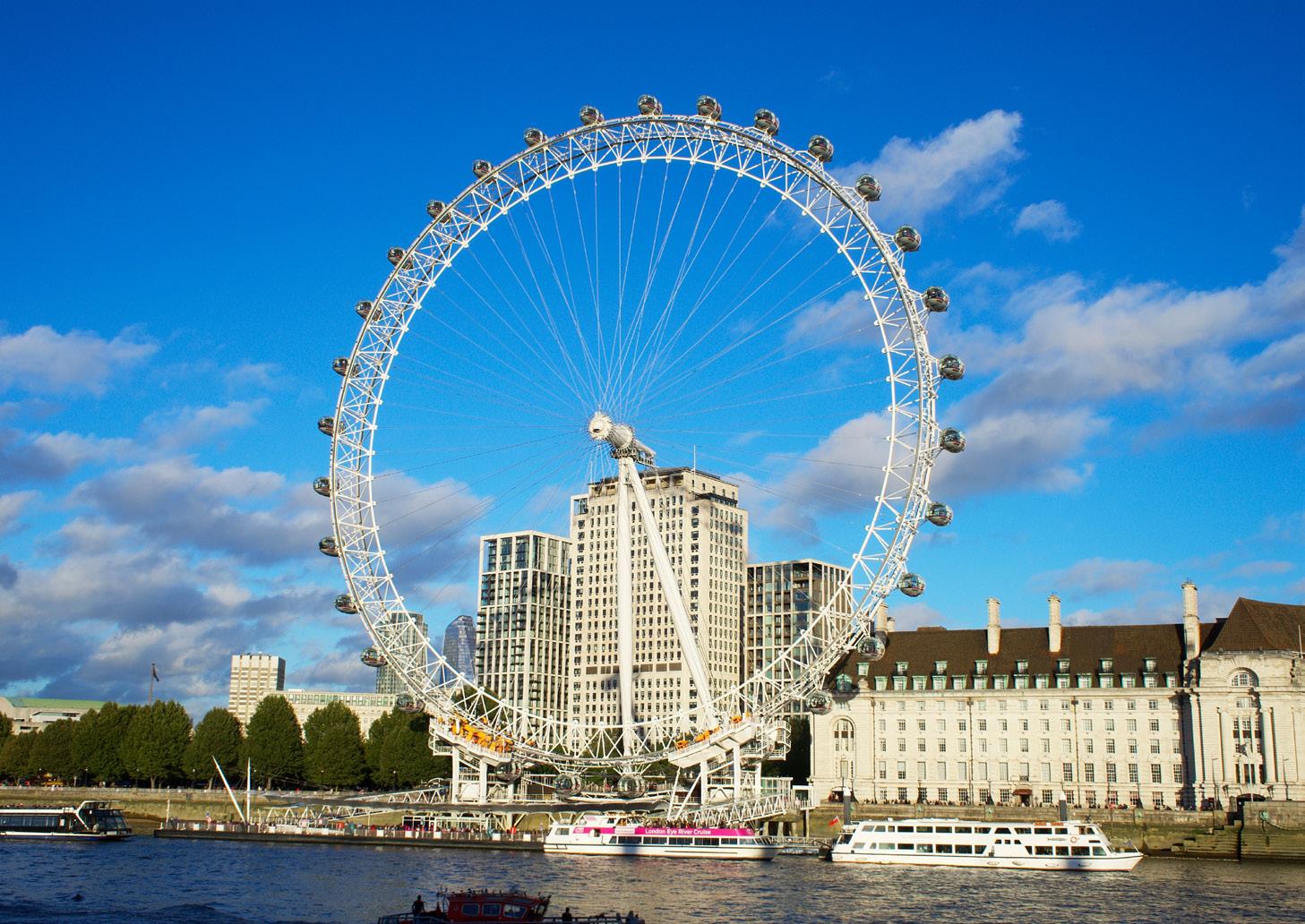
The London Eye
The London Eye opened on March 9, 2000, marking the dawn of a new millennium. London welcomed the future with open arms as this iconic observation wheel made its debut.
Architects David Marks and Julia Barfield dreamed up this masterpiece. Their fusion of imagination and innovation resulted in a testament to human ingenuity.
Step into one of the 32 transparent capsules, each holding up to 25 people. As you ascend, walls and floors transform into windows, revealing London’s secrets.
Impressive Height: The London Eye stands tall at 135 meters (443 feet), like a futuristic beacon above the South Bank. Imagine the view from up there! The London Eye is Europe’s largest Ferris wheel and the fourth largest in the world (as of 2018). It’s like a giant spinning storybook!
